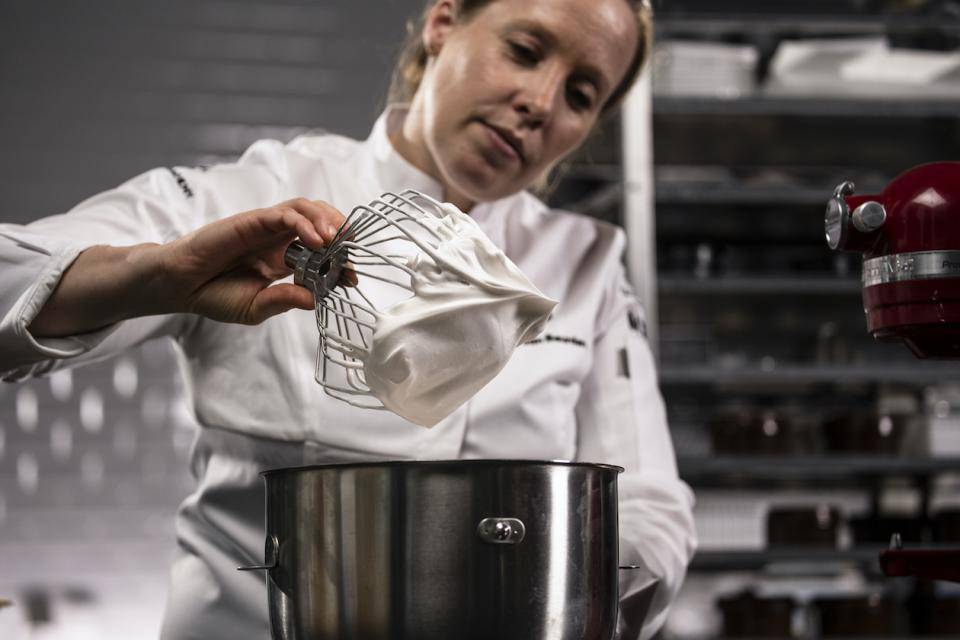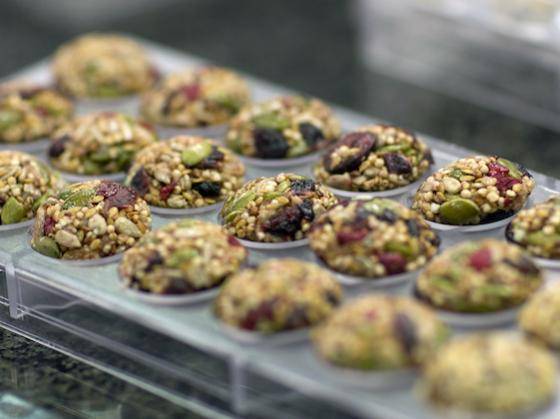Embracing Plant-Based and Dairy-Free Delights: A Guide to Substituting Traditional Ingredients
Embracing Plant-Based and Dairy-Free Delights: A Guide to Substituting Traditional Ingredients

General Guidelines for Developing Plant-Based Recipes
- Begin with One Ingredient: Start by replacing one ingredient at a time. Test the result, adjust as needed, and only then move on to the next substitution. This systematic approach ensures you maintain your recipes' desired taste and texture. Remember, the key to success in this venture is patience and experimentation!
- Be Aware of Textural Changes: When mixing plant-based ingredients in doughs or batters, you might notice a change in texture or consistency. This is normal. Adjust mixing and baking times as needed. Plant-based recipes often require more time and patience, but the results are rewarding.
- Stay Updated: The availability and variety of plant-based ingredients are constantly growing. Keep yourself updated with the latest substitutes and techniques to enhance your plant-based culinary skills.
- Experiment and Adapt: Embrace the process of experimenting with different substitutes. Understanding the role of the original ingredient in terms of taste, texture, and chemical behaviour is crucial. This knowledge will guide you in making effective substitutions.
- Seek Inspiration: Look for recipe collections and guides explicitly created for plant-based and dairy-free cooking. They offer ready-to-go recipes that don't require in-depth knowledge or experience in plant-based cooking. Use these as a starting point to develop your own unique creations.

Notes on Substitutions for Specific Conventional Ingredients
- Eggs: Eggs are a common binding and leavening agent in baking. Plant-based alternatives include mashed bananas, applesauce, ground flaxseed mixed with water, or commercial egg replacers. Each substitute offers a unique texture and flavour, so choose based on the specific requirements of your recipe.
- Butter: For the richness that butter brings to recipes, consider using plant-based butter alternatives. These are often made from a blend of oils like shea, coconut, and sunflower. They offer a similar texture and moisture content, making them excellent for baking and cooking.
- Cream and Milk: Plant-based milks like almond, soy, oat, and coconut milk can replace cow's milk. For cream, consider coconut cream or blended cashews. The key is to find a substitute that provides the right level of creaminess and fat content for your recipe.
- Cheese: Vegan cheese options have expanded significantly. From nut-based cheeses for spreads and dips to soy or coconut-based options for melting, you'll find a variety of textures and flavors to experiment with.
- Gelatin: Agar-agar, a plant-based gelatin substitute derived from seaweed, has a similar texture to gelatin but requires different preparation methods, so be sure to adjust your recipe accordingly.
Remember, transitioning to plant-based and dairy-free cooking is a journey of exploration and creativity. With each recipe, you're contributing to a more sustainable and ethical culinary world, all while discovering the pure, direct, and rewarding tastes of plant-based ingredients.
Products to Help You Make the Transition to Plant-Based
Some substitutions are easy, especially when you have plant-based options like these that taste as good and perform as well as the conventional versions.



